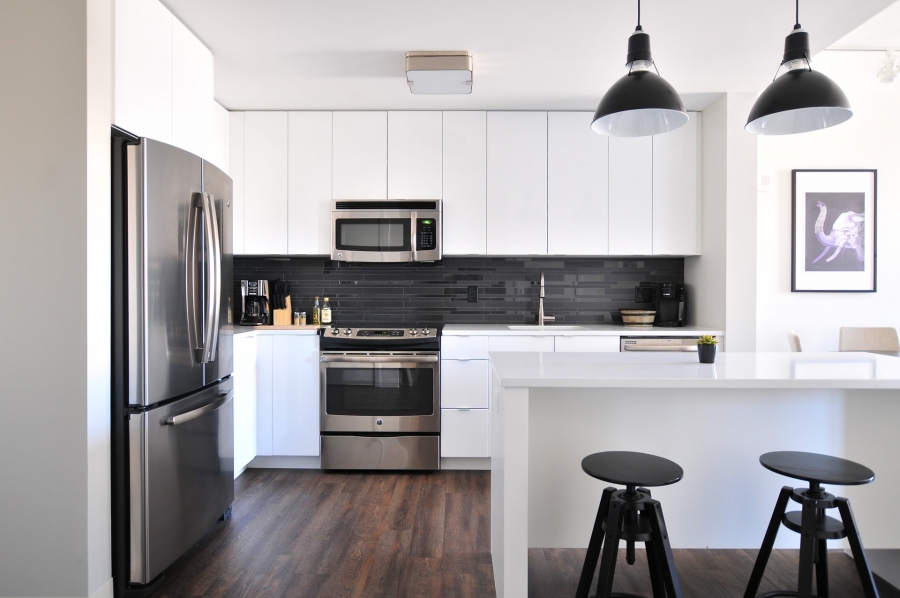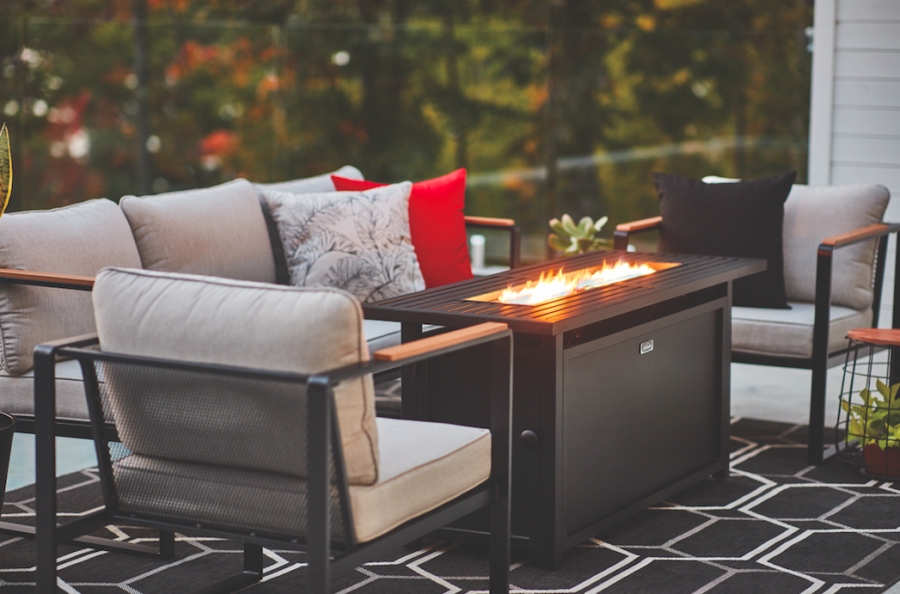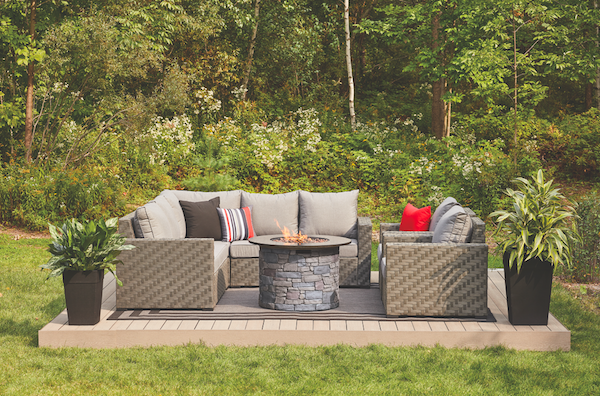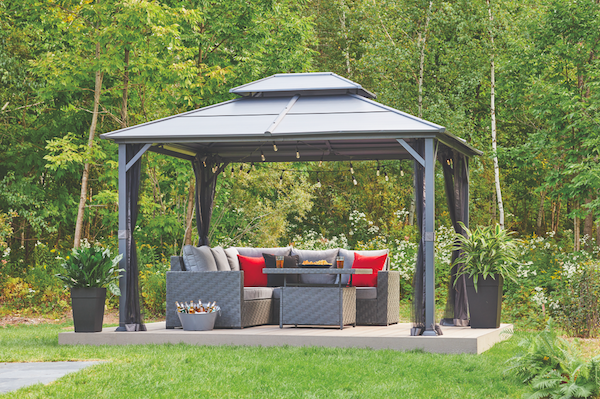Existing-home sales reversed a 12-month slide in February,
registering the largest monthly percentage increase since July 2020,
according to the National Association of Realtors®. Month-over-month sales rose in all four major U.S. regions. All regions posted year-over-year declines.
Total existing-home sales,[i] https://www.nar.realtor/existing-home-sales
– completed transactions that include single-family homes, townhomes,
condominiums and co-ops – vaulted 14.5% from January to a seasonally
adjusted annual rate of 4.58 million in February. Year-over-year, sales
fell 22.6% (down from 5.92 million in February 2022).
“Conscious of changing mortgage rates, home buyers are taking
advantage of any rate declines,” said NAR Chief Economist Lawrence Yun.
“Moreover, we’re seeing stronger sales gains in areas where home prices
are decreasing and the local economies are adding jobs.”
Total housing inventory[ii]
registered at the end of February was 980,000 units, identical to
January and up 15.3% from one year ago (850,000). Unsold inventory sits
at a 2.6-month supply at the current sales pace, down 10.3% from January
but up from 1.7 months in February 2022.
“Inventory levels are still at historic lows,” Yun added.
“Consequently, multiple offers are returning on a good number of
properties.”
The median existing-home price[iii]
for all housing types in January was $363,000, a decline of 0.2% from
February 2022 ($363,700), as prices climbed in the Midwest and South yet
waned in the Northeast and West. This ends a streak of 131 consecutive
months of year-over-year increases, the longest on record.
Properties typically remained on the market for 34 days in February,
up from 33 days in January and 18 days in February 2022. Fifty-seven
percent of homes sold in February were on the market for less than a
month.
First-time buyers were responsible for 27% of sales in February, down from 31% in January and 29% in February 2022. NAR’s 2022 Profile of Home Buyers and Sellers – released in November 2022[iv] – found that the annual share of first-time buyers was 26%, the lowest since NAR began tracking the data.
All-cash sales accounted for 28% of transactions in February, down from 29% in January but up from 25% in February 2022.
Individual investors or second-home buyers, who make up many cash
sales, purchased 18% of homes in February, up from 16% in January but
down from 19% in February 2022.
Distressed sales[v] – foreclosures and short sales – represented 2% of sales in February, nearly identical to last month and one year ago.
According to Freddie Mac, the 30-year fixed-rate mortgage averaged 6.60% as of March 16. That’s down from 6.73% from the previous week but up from 4.16% one year ago.
Single-family and Condo/Co-op Sales
Single-family home sales soared to a seasonally adjusted annual rate
of 4.14 million in February, up 15.3% from 3.59 million in January but
down 21.4% from the previous year. The median existing single-family
home price was $367,500 in February, down 0.7% from February 2022.
Existing condominium and co-op sales were recorded at a seasonally
adjusted annual rate of 440,000 units in February, up from 410,000 in
January but down 32.3% from one year ago. The median existing condo
price was $321,000 in February, an annual increase of 2.5%.
“Owning a home provides a path to long-term financial security and is
a vehicle by which to transfer wealth to future generations,” said NAR
President Kenny Parcell, a Realtor® from Spanish Fork, Utah, and broker-owner of Equity Real Estate Utah. “Realtors® deliver expert guidance, objectivity and professionalism to consumers during the complex process of purchasing a home.”
Regional Breakdown
Existing-home sales in the Northeast improved 4.0% from January to an
annual rate of 520,000 in February, down 25.7% from February 2022. The
median price in the Northeast was $366,100, down 4.5% from the previous
year.
In the Midwest, existing-home sales grew 13.5% from the previous
month to an annual rate of 1.09 million in February, declining 18.7%
from one year ago. The median price in the Midwest was $261,200, up 5.0%
from February 2022.
Existing-home sales in the South rebounded 15.9% in February from
January to an annual rate of 2.11 million, a 21.3% decrease from the
prior year. The median price in the South was $342,000, an increase of
2.7% from one year ago.
In the West, existing-home sales rocketed 19.4% in February from the
prior month to an annual rate of 860,000, down 28.3% from the previous
year. The median price in the West was $541,100, down 5.6% from February
2022.
The National Association of Realtors® is America’s largest
trade association, representing more than 1.5 million members involved
in all aspects of the residential and commercial real estate industries.
The term Realtor® is a registered collective membership mark
that identifies a real estate professional who is a member of the
National Association of Realtors® and subscribes to its strict Code of Ethics.
[i]
Existing-home sales, which include single-family, townhomes,
condominiums and co-ops, are based on transaction closings from Multiple
Listing Services. Changes in sales trends outside of MLSs are not
captured in the monthly series. NAR benchmarks home sales periodically
using other sources to assess overall home sales trends, including sales
not reported by MLSs.
Existing-home sales, based on closings, differ from the U.S. Census
Bureau’s series on new single-family home sales, which are based on
contracts or the acceptance of a deposit. Because of these differences,
it is not uncommon for each series to move in different directions in
the same month. In addition, existing-home sales, which account for more
than 90% of total home sales, are based on a much larger data sample –
about 40% of multiple listing service data each month – and typically
are not subject to large prior-month revisions.
The annual rate for a particular month represents what
the total number of actual sales for a year would be if the relative
pace for that month were maintained for 12 consecutive months.
Seasonally adjusted annual rates are used in reporting monthly data to
factor out seasonal variations in resale activity. For example, home
sales volume is normally higher in the summer than in the winter,
primarily because of differences in the weather and family buying
patterns. However, seasonal factors cannot compensate for abnormal
weather patterns.
Single-family data collection began monthly in 1968,
while condo data collection began quarterly in 1981; the series were
combined in 1999 when monthly collection of condo data began. Prior to
this period, single-family homes accounted for more than nine out of 10
purchases. Historic comparisons for total home sales prior to 1999 are
based on monthly single-family sales, combined with the corresponding
quarterly sales rate for condos.
[ii]
Total inventory and month’s supply data are available back through
1999, while single-family inventory and month’s supply are available
back to 1982 (prior to 1999, single-family sales accounted for more than
90% of transactions and condos were measured only on a quarterly
basis).
[iii]
The median price is where half sold for more and half sold for less;
medians are more typical of market conditions than average prices, which
are skewed higher by a relatively small share of upper-end
transactions. The only valid comparisons for median prices are with the
same period a year earlier due to seasonality in buying patterns.
Month-to-month comparisons do not compensate for seasonal changes,
especially for the timing of family buying patterns. Changes in the
composition of sales can distort median price data. Year-ago median and
mean prices sometimes are revised in an automated process if additional
data is received.
The national median condo/co-op price often is higher than the median
single-family home price because condos are concentrated in higher-cost
housing markets. However, in a given area, single-family homes
typically sell for more than condos as seen in NAR’s quarterly metro
area price reports.
[iv] Survey results represent owner-occupants and differ from separately reported monthly findings from NAR’s Realtors® Confidence Index,
which include all types of buyers. The annual study only represents
primary residence purchases, and does not include investor and vacation
home buyers. Results include both new and existing homes.
[v]
Distressed sales (foreclosures and short sales), days on market,
first-time buyers, all-cash transactions and investors are from a
monthly survey for the NAR’s Realtors® Confidence Index, posted at nar.realtor.








